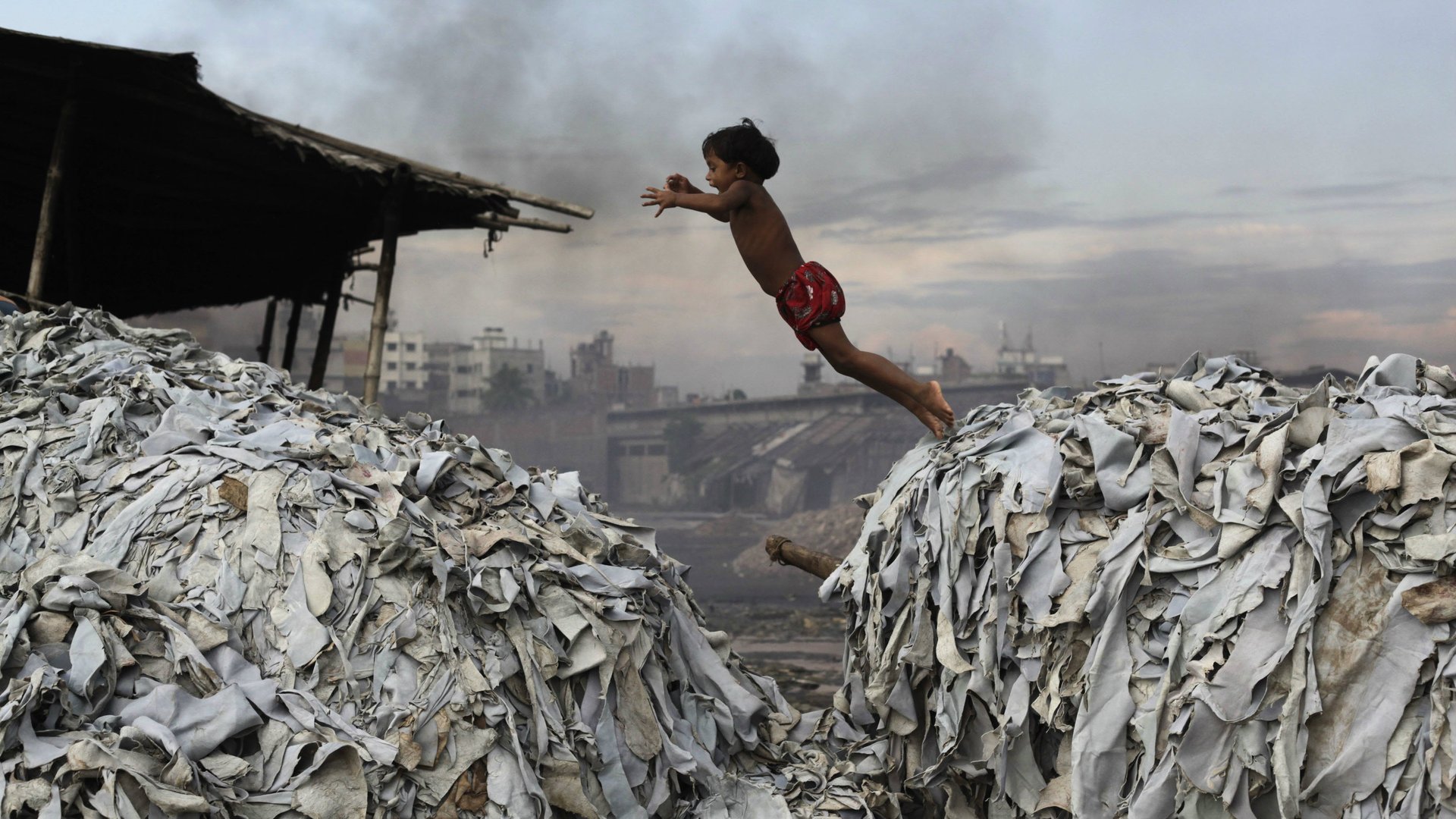We don’t know how many people around the world are living in poverty
We live in a era of big data, but developing countries are suffering from a data drought: governments and the international community know less about the world’s poorest than they think.


We live in a era of big data, but developing countries are suffering from a data drought: governments and the international community know less about the world’s poorest than they think.
Often-quoted figures on levels of poverty, health and education in poor countries are little more than educated guesswork, a new report from the Overseas Development Institute (ODI), a London-based independent think tank, shows.
While the World Bank estimates that the number of people living on less than $1.25 a day is 1.01 billion, the report claims the number could be up to 350 million more than that.
The report, which was based mostly on secondary research, publicly available databases, and original interviews, also claims that maternal mortality figures for sub-Saharan Africa in 2013 could be double the stated 133,000, and the number of people living with HIV/AIDS could have been overstated by 20%.
“We take for granted that statistics are based on fact, and that they’re scientific or empirical when often they’re not—they’re estimations or political negotiations,” Elizabeth Stuart, a research fellow at the ODI tells Quartz.
According to the report, facts we still don’t know include: how many girls are married before the age of 18; the percentage of the world’s poor that are women; the number of street children worldwide; and how many people in the world are hungry.
But with such yawning gaps, how can policy makers improve the lives of people in the world’s poorest countries without knowing the full scale of the problems?
The issue of the data divide is gaining political momentum, especially as The Millennium Development Goals (MDGs) set by the UN in 2000—a set of development targets that include halving extreme poverty and universal free primary education—expire this year.
A new set of targets called the UN Sustainable Development Goals (SDGs), are currently being developed to replace them. But without a radical overhaul of the way data are collected and analyzed, the SDGs won’t be able to achieve their aim of “leaving no one behind,” says Stuart.
There are many reasons for this data dearth. Populations in developing countries often live either in highly spread out or dense, shifting communities like urban slums, making traditional data collection methods, such as censuses and household surveys, expensive, too infrequent and potentially dangerous. Over 40% of countries in sub-Saharan Africa have not had a survey in seven years.
By its design, the traditional household survey omits the homeless, people in institutions, and those in transient households: namely, the most vulnerable. Administrative data are also deficient, with fewer than half of countries in Latin America and the Caribbean having a full record of births and deaths, and fewer than 6% of countries in sub-Saharan Africa.
National Statistic Offices (NSOs) in developing countries are generally under invested in, with staff lacking adequate training in data analysis, according to the report. “Data in itself won’t benefit people—they will only benefit people if understood and used properly,” Rebecca Furst-Nichols, program officer at Data2X, part of the United Nations Foundation, tells Quartz.
Data are also highly political. Take Burma’s recent census: the first in 30 years found there were nine million fewer people in the country than the stated 60 million. But government officials controversially banned the Rohingya people identifying themselves as such, meaning the ethnic minority group wasn’t counted, unless they registered themselves as from Bangladesh.
As Furst-Nichols explains, when certain groups and communities are excluded, their interests aren’t served by policy makers. Data2X examines how traditional data collection discriminates against women in developing countries. “When it comes to gender, women have been underrepresented as they have not been showing up in the data. Data are not taking into account women’s lives and potential,” she says.
Despite the challenges, big data collected from technologies including mobile devices, satellites and drones, could be powerful tools used alongside traditional capture methods. For example, in the Ivory Coast, telecoms company Orange released call data records to researchers and universities to find solutions to development issues in the country. After the civil war in Liberia, mobile technology was used to create an open source map of safe water points, which is now being integrated into the country’s response to the Ebola crisis.
But privacy remains a dark cloud overshadowing this movement, particularly when it comes to protecting citizens’ data from unscrupulous governments and groups. While bridging the data divide requires that public and private sectors collaborate, regulation will have to keep up with the pace of change to protect citizens and ensure these data can be used in a way that truly benefits them.